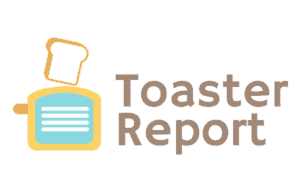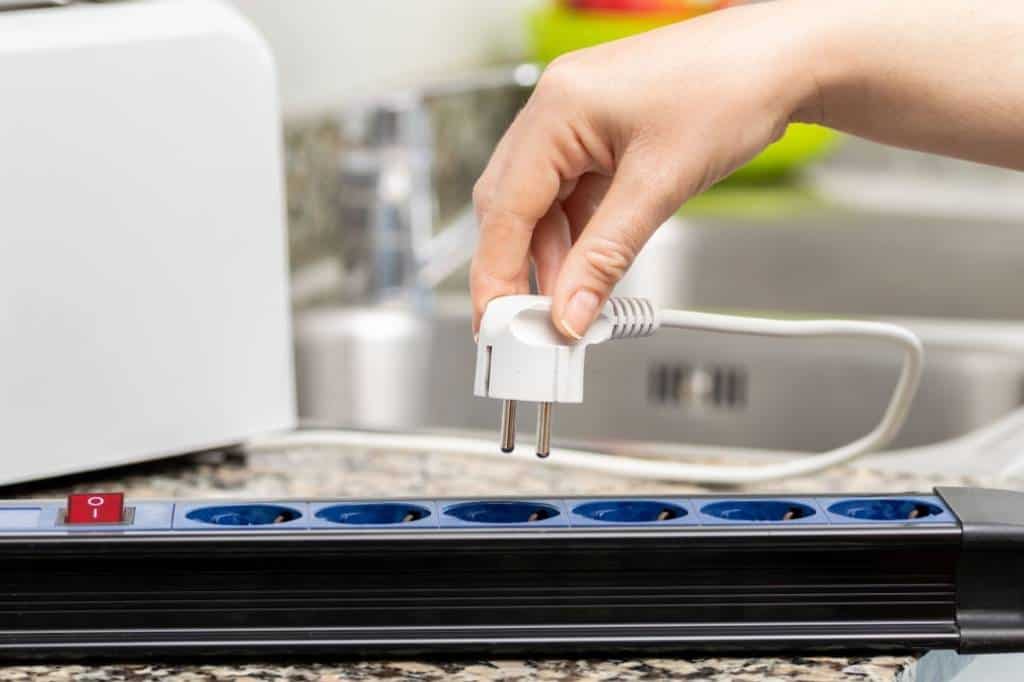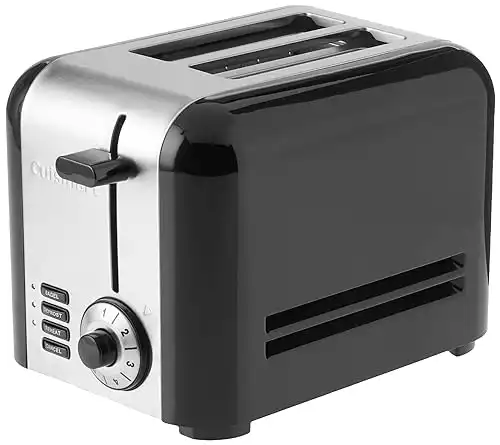You might have wondered, “how many watts does a toaster use?” while making your toast. Well, you’re in luck! In this article, we will discuss the wattage of different types of toasters and how this translates to their energy consumption.
We will also provide guidance on how to calculate toaster energy consumption, as well as tips for saving energy and selecting an energy-efficient toaster that meets your needs.
How Many Watts Does a Toaster Use
The wattage of a toaster varies depending on the type and model of the appliance. Generally, a toaster’s wattage can range from 800 watts for smaller toasters and up to 1800 watts for 4-slice toasters. It’s important to note that the power rating (wattage) of a toaster indicates the maximum amount of power it can consume, not the actual power consumption.
To pinpoint the exact power consumption of a toaster, you can use a watt meter (we use this one) or an electricity usage monitor. These devices can measure the amount of power consumed by the toaster in real-time, allowing you to accurately track its energy usage.
Calculating Toaster Energy Consumption
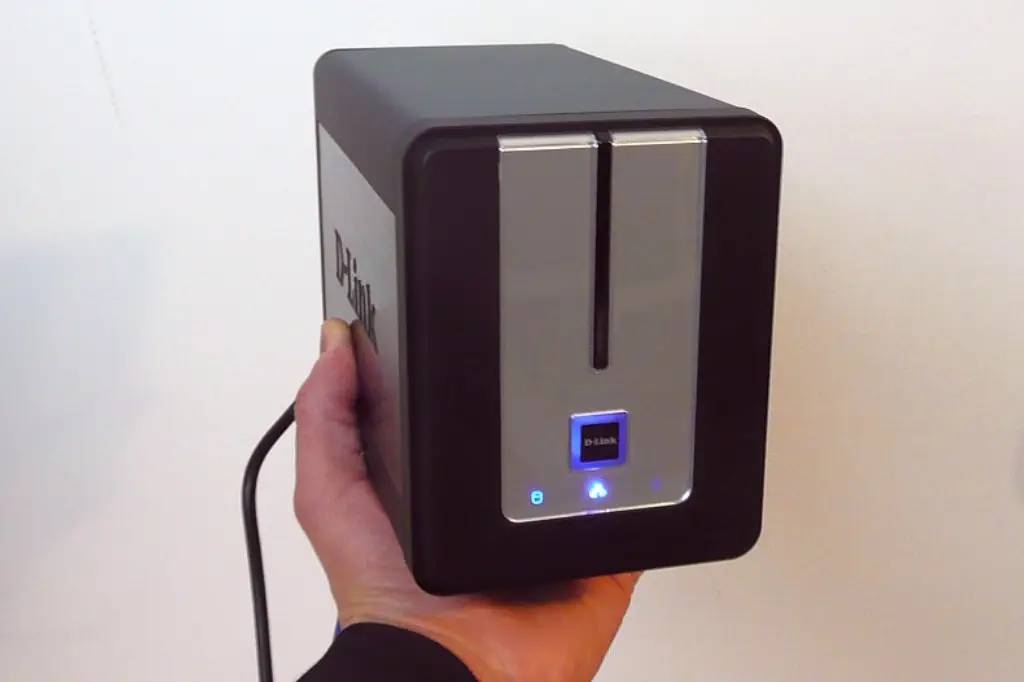
To calculate the energy consumption (kWh) of a toaster, take into account the amount of power the toaster uses and how long it is used for.
kWh = Watts x Usage Time (Hours) / 1000
For instance, let’s say you have an 800-watt toaster and you use it for 5 minutes. Using the formula kWh = Watts x Usage Time (Hours) / 1000, you can calculate that the toaster uses 0.0664 kWh of energy. This means that using this toaster for 5 minutes, would consume 0.0664 kWh of energy during that time.
Estimating the Cost of Running a Toaster
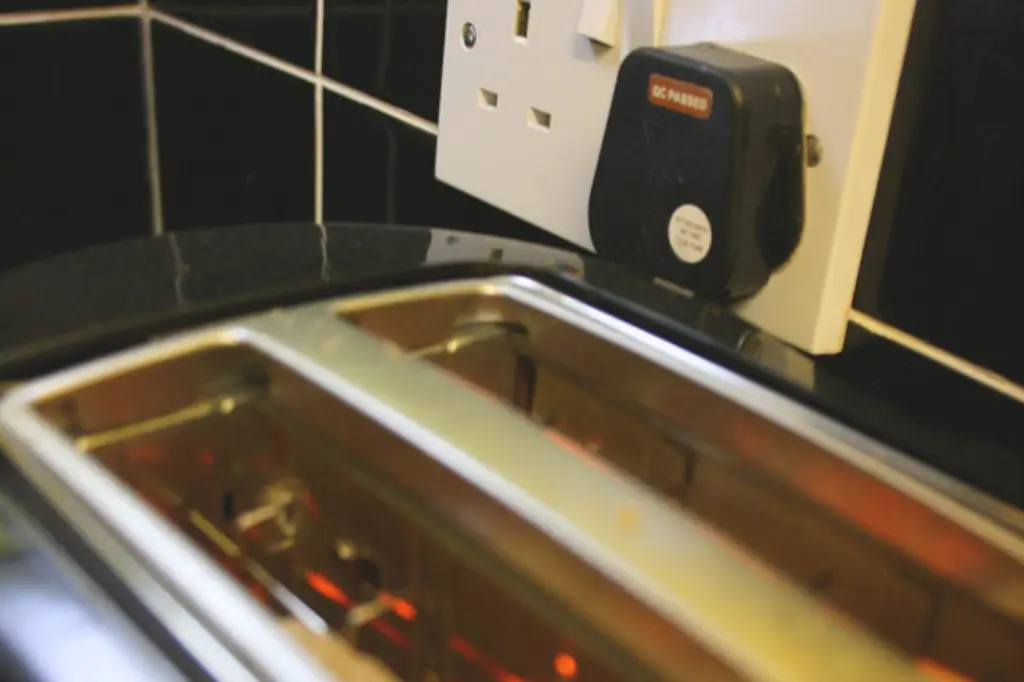
Here are step-by-step instructions on how to calculate the energy consumption of your toaster and estimate the cost of using it.
- Determine the toaster’s wattage: Check the label on the bottom or back of your toaster for the wattage. If you can’t find it there, consult the user manual or look up the model online.
- Estimate daily usage: Estimate the number of minutes you use your toaster daily. For example, if you make toast for breakfast every day and it takes about 5 minutes, your daily usage would be 5 minutes.
- Calculate yearly usage in hours: Multiply your daily usage by the number of days in a year (365) and divide by 60 to convert minutes to hours. In our example, (5 minutes * 365 days) / 60 = 30.42 hours, which we will round up to 31 hours.
- Calculate energy consumption in kilowatt-hours (kWh): Multiply the toaster’s wattage by the yearly usage in hours, then divide by 1000 to convert watts to kilowatts. For an 800-watt toaster used for 31 hours a year, the calculation would be (800 watts * 31 hours) / 1000 = 24.8 kWh, which we will round to 25 kWh.
- Estimate yearly cost: Multiply the energy consumption in kWh by your local electricity rate (in dollars per kWh). Assuming a rate of $0.12 per kWh, the yearly cost for our example would be 25 kWh * $0.12 = $3.
You can also use this online Watt to kWh Calculator.
Energy-Saving Tips for Toaster Usage
Here are some tips to help you save energy and reduce costs when using your toaster:
- Clean your toaster regularly: A clean toaster will function more efficiently, reducing the time it takes to toast your bread.
- Adjust the browning setting: Use the appropriate browning setting for your toast preferences. Over-toasting can waste energy.
- Unplug the toaster when not in use: Some toasters draw a small amount of electricity even when turned off. Unplugging the toaster when not in use can help save energy.
- Choose an energy-efficient toaster: When shopping for a new toaster, look for models with energy-saving features, such as automatic shut-off or energy-efficient designs.
- Use the toaster efficiently: If you’re toasting multiple items, try to toast them consecutively to take advantage of the residual heat from the previous toasting cycle.
Tips for Choosing an Energy-Efficient Toaster
Here are some tips to help you choose an energy-efficient toaster:
- Check the wattage: Lower-wattage toasters generally consume less energy. While this doesn’t necessarily mean they are more efficient, it could result in reduced energy consumption when used properly. Look for toasters with wattage that meets your needs without being excessive.
- Look for energy-saving features: Some toasters come with energy-saving features like automatic shut-off, which turns off the toaster when the toast is ready or after a certain time. This prevents the toaster from using unnecessary energy and reduces the risk of over-toasting.
- Choose a toaster with adjustable settings: Toasters with adjustable settings, such as browning control and bagel or defrost functions, allow you to use the toaster more efficiently by selecting the optimal setting for each type of bread or food item.
- Consider toaster size: If you only need to toast one or two slices of bread at a time, consider choosing a 2-slice toaster instead of a 4-slice toaster. This can help you conserve energy by not heating up unused slots.
- Read product reviews: When researching toasters, read product reviews from experts and consumers to get an idea of the toaster’s energy efficiency, performance, and durability. This can help you make a more informed decision when purchasing a toaster.
- Look for energy certification labels: Some toasters may have energy certification labels, such as Energy Star or other local certifications, indicating that they meet specific energy-efficiency standards. While toasters are not commonly Energy Star certified, other small appliances may have this certification, and it’s worth considering when purchasing any appliance.
We recommend the following toaster as a compact, energy-efficient solution:
- Small toaster
- Features stainless steel coating
- Comes with a removable crumb tray
- Sometimes it does not toast the slices evenly
By keeping these factors in mind when choosing a new toaster, you can make a more environmentally friendly choice and potentially save on your electricity costs. Remember, using your toaster efficiently by following the energy-saving tips provided earlier can further optimize its energy usage and contribute to a greener lifestyle.
FAQs About Toaster Wattage
Are Toasters Energy Efficient?
Toasters are generally considered energy-efficient kitchen appliances, as they consume a relatively small amount of power to toast bread slices. However, the energy efficiency of a toaster may vary depending on its model and features. Look for a toaster with an Energy Star rating, which indicates that it has been tested and certified for energy efficiency.
Does Unplugging a Toaster Save Energy?
Unplugging your toaster when it’s not in use can save a small amount of energy, but the savings are generally negligible. Toasters consume very little electricity, and leaving them plugged in doesn’t contribute significantly to your energy bill. The common practice of unplugging toasters has more to do with safety, rather than energy saving.
Final Thoughts on Toaster Wattage and its Energy Consumption
Understanding how many watts a toaster uses and its energy consumption can help you make more informed decisions about your appliance usage and contribute to a greener lifestyle. By calculating your toaster’s energy consumption and employing energy-saving tips, you can optimize your appliance usage, conserve energy, and potentially save on your electricity costs.
Being mindful of the energy efficiency of your toaster and other appliances not only benefits your wallet but also contributes to a more sustainable environment. Happy toasting!
